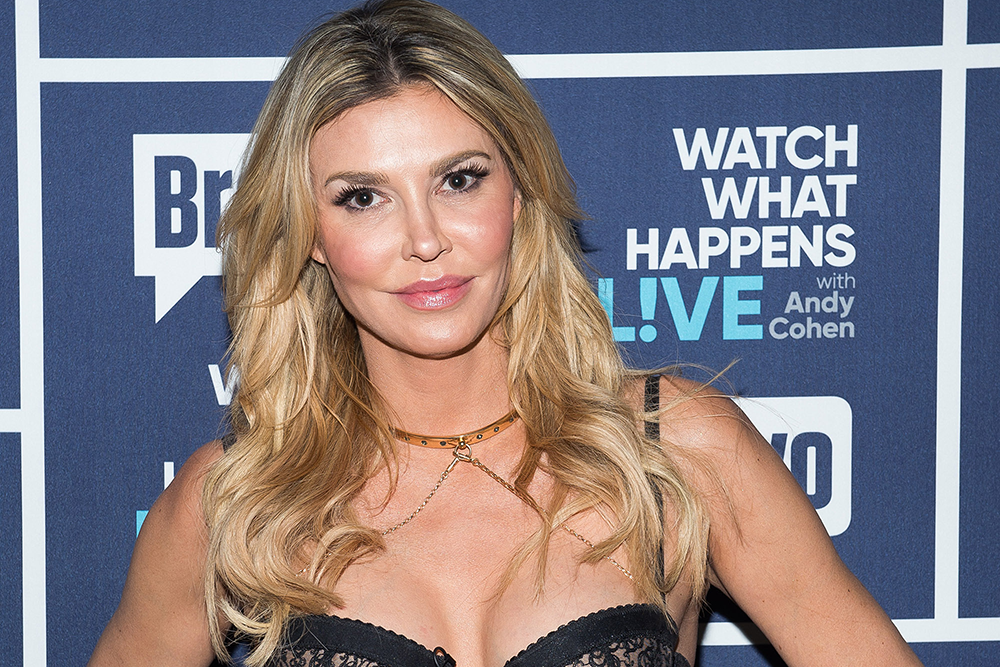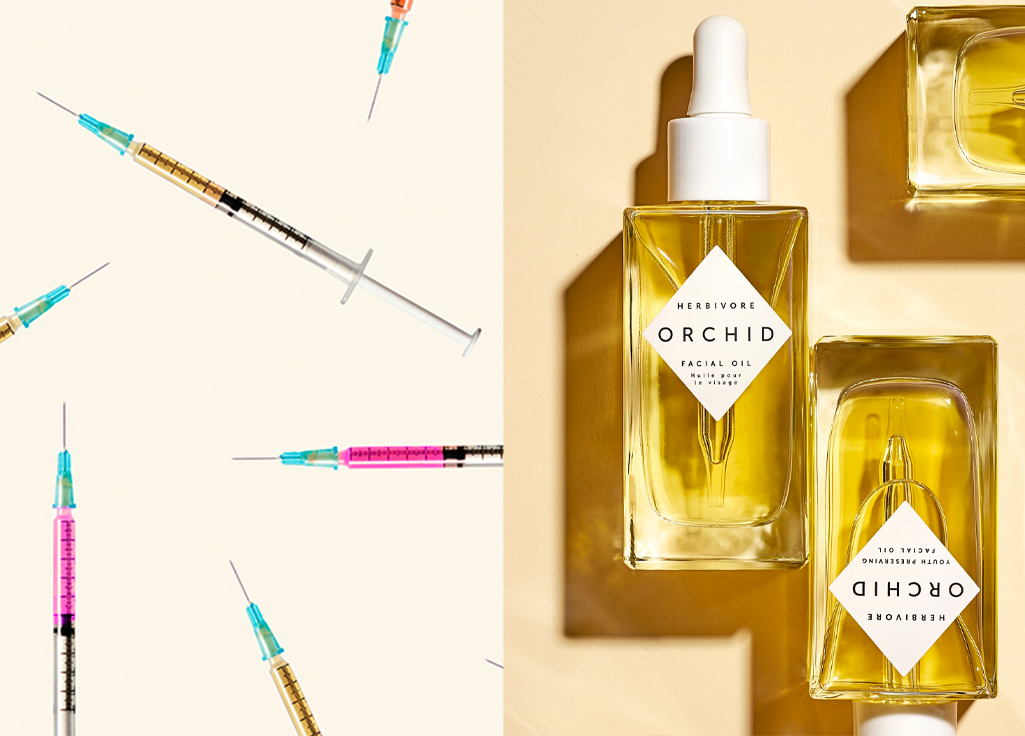Although wearing a mask has always been part of his profession, Encino, CA plastic surgeon George Sanders, MD has been noticing something about his appearance of late.
“Masks with ties that go behind the ears will make anyone’s ears stand out. In most people, when you take the mask off, the ears return to normal. If you already have a predisposition to prominent ears, however, the masks will call attention to it and remind you of your problem. I’ve been noticing it on myself more recently and thinking that I might need to have my ears done!”
Palo Alto, CA facial plastic surgeon Jill L. Hessler, MD concurs. “I have seen more inquiries and discussion about ears since wearing masks. Now that everyone is wearing masks more the straps that secure the mask to the face can pull on the ears. While this alone isn’t causing a need for increased ear surgery, there is increased attention to the ears. Patients that have been concerned with prominence of their ears are now more bothered by it.”
As Dr. Sander explains, “fixing the ears” (aka, otoplasty) can be done under local or sedation anesthesia. “It requires an incision on the back of the ear with dissolving stitches. It tends to heal with an invisible scar. The surgeon uses sutures and cartilage shaping techniques to reshape the cartilage framework of the ear. That’s the part of the ear that gives it its shape.”
Dr. Hessler adds that, typically, there are two main reasons to get the surgery: “There can be an overgrowth of the cartilage or lack of normal folding of the ear cartilage. Surgery will address this by removing some of the overgrown cartilage or recreating the fold.”
Once the cartilage is held in its new position for six months, the scar tissue that forms will maintain that position for good. “You wear a head dressing for a couple of days and then a headband that goes around your ears for two weeks all of the time and then at night for another four weeks,” Dr. Sander says, adding that he recommends no exercise for two weeks post-surgery and patients typically experience some soreness, but, what he describes as, “nothing severe.”
La Jolla, CA plastic surgeon Robert Singer, MD says, while he hasn’t necessarily seen a huge uptick in patients inquiring about ear-reshaping surgery, most patients who do come in for a consultation for the procedure tend to fall in the younger demographic.
“A lot of these patients are males and their concerns are due to genetics or trauma,” he explains. “Older patients are typically more interested in fixing the earlobes—whether it’s from the lobes getting longer with age, being torn or from loss of volume—which is an easier fix that we treat with microfat injections.”
Likewise, Prospect, KY dermatologist Tami Buss Cassis, MD says she hasn’t seen an increase in people overly concerned about the aesthetic of their ears, but she loves doing filler-focused treatments to them. “Patients hate saggy ear lobes and a little filler always plumps them right up!”
Besides the lobes, New York facial plastic surgeon Konstantin Vasyukevich, MD says he’s seen an increased interest in aesthetic procedures for pretty much anything on the face that’s not covered by a mask at the moment. “People are paying more attention to the areas of their face that are not covered by masks, particularly the forehead, eye and ear region. This has created an uptick in procedure and treatments requests that target these areas.”
“In general, when patients visit me for concerns surrounding their ears, they are worried about the appearance of the earlobe or the prominence of the entire ear itself. For saggy, thinning ears, we typically use an intermediate filler such as Juvederm Ultra or Ultra Plus, that will make the earlobe look fuller and firmer and will restore its youthful appearance,” he says, adding that earlobe-reduction surgery is another common procedure that patients ask for. “The two most common methods for an earlobe reduction are either the wedge or peripheral margin technique to balance out the earlobe region. A much bigger procedure that people request is otoplasty, which corrects prominent ears and pins the ear closer to the head. For this particular procedure, an actual incision will be made behind the ear.”

















